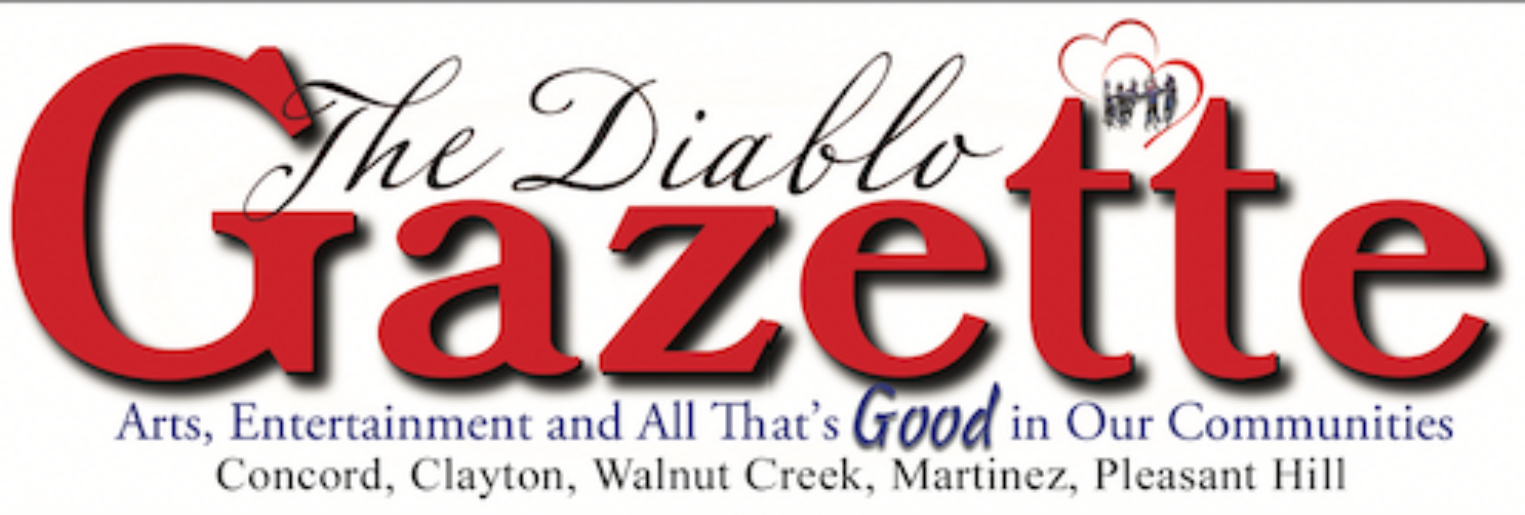
The city is subject to a state mandate that requires us to rezone 20 acres for affordable housing in what the state calls “High Resource” areas. The directive was one of the worst written mandates that increased divisiveness and guaranteed to start an uproar…which it accomplished under the title of “Affirming Furthering Fair Housing.” (AFFH)
There is a federal housing rule that states in effect that we cannot concentrate affordable housing in one area of the city. The state has taken this to heart and provided a mandate with contradictory metrics in hope of scattering affordable housing around the cities into areas where there is, by their definitions, currently no affordable housing. They further include conditions to require rezoning to allow for higher densities which we have to follow, a requirement that I hate.
Initially, this caused a panic because under their raw criteria, all sorts of spaces within large areas of single-family homes wound up on the target list.
Also required was a series of open meetings both physical and virtual. The idea was to present these as possibilities and let the neighborhood residents make their comments. From these meetings, the staff would then narrow the list to the final sites making up the 20 acres.
There was just one real problem, fear and loathing took hold making the meetings, shall I say, unpleasant.
As of this writing, October 23, there are still two more meetings to go and the city staff has already considered public input (sometimes better described as outrage) followed by a survey, honing it down to a few places, eliminating some of the more absurd locations.
You can see the current possible sites based on the input so far by going to: cityofconcord.org/AFFH.
The top areas are the intersection of Oak Grove and Treat, Clayton Road and Treat at the Bel-Air Shopping Center (Staples), the Kmart Center, and Clayton Fair Shopping Center (Clayton Bowl).
As of this writing, nothing has been decided. There are two more rounds of bloodletting, er, discussion. Also, it is important that the landowners of the sites agree to the rezoning to avoid legal fights.
For this effort, affordable housing is defined for people making less than $80,000 and as low as $34,000. Many expressed fears as to who “those people” are. For the record, I am one of them, my two adult kids are amongst them as are my two grandkids.
The question was asked about Section 8 housing. That is a different concept. AFFH deals with constructing specific buildings that are deed restricted and required to be operated under the Affordable criteria. Section 8 is a federal voucher system where individuals can get payments to their landlord to allow them to go into market housing.
All of this will then come down to a council meeting in November or December as we are required to respond. At that time there will be a staff report and instead of making a flat-out recommendation, I hope staff will list the pros and cons of each of the remaining sites as this is a real policy (POLITICAL) decision and I am sure there will be an extraordinary amount of public comment before the Council will have to decide.
When there is such a big issue, my policy is that I do not want staff recommendation but rather simply the pros and cons of each option. As a councilmember, we have to own the decision and be held accountable for it regardless of staff. This also avoids a lose-lose situation where one side will scream “why didn’t you listen to staff” and the other side will say “why do we need you if you are going with staff?”
Such is the joy of being on the Dias.
Views expressed here are by Edi Birsan and not to be confused with someone who has been told by staff what to write or a Dodger Fan.
